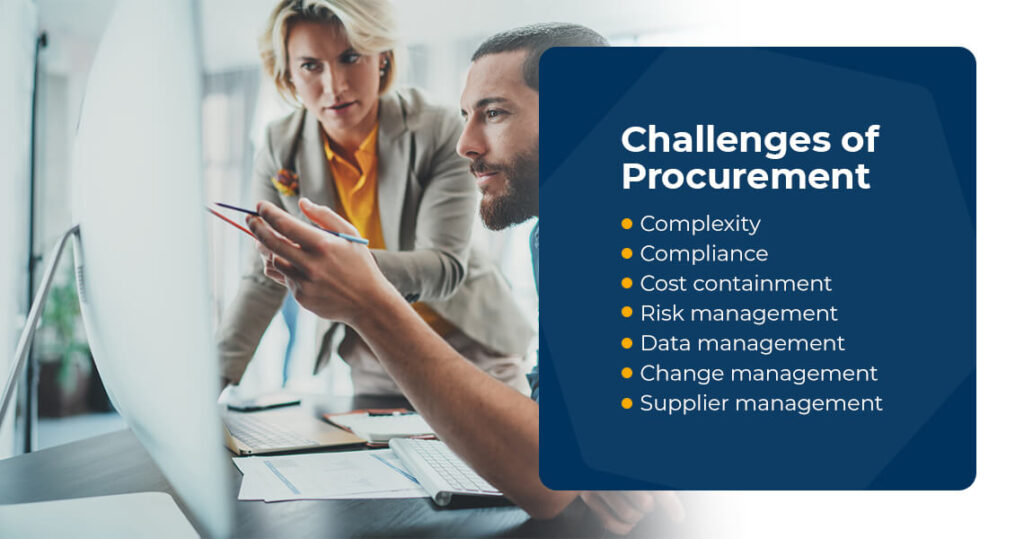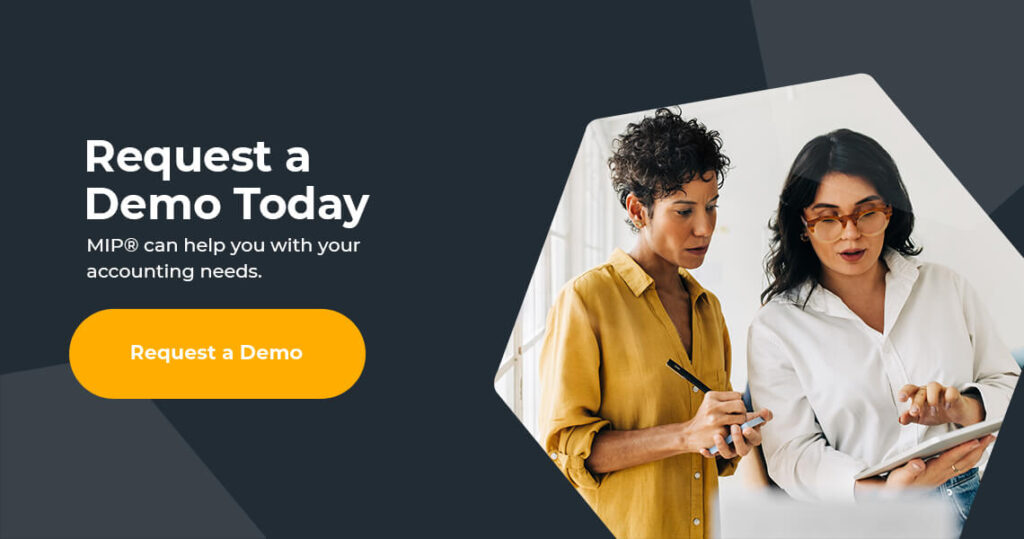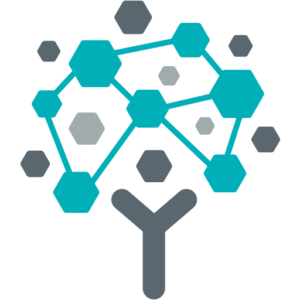Reading Time: 4 minutes
Nonprofit organizations like yours can use accounts payable automation technology to manage financial transactions. Though many accounting solutions include accounts payable functions, they tend to lack the ability to control complex accounts payable procedures. With accounts payable software, your organization can reduce manual tasks and eliminate human error.
Along with providing dashboards and analytics, the right solution can assist you with managing your fund accounting. To optimize efficiency and workflows around procurement and integrated accounts payable, we cover the challenges of procurement and the benefits of an efficient procurement process below.
Understanding Procurement and Accounts Payable
Procurement and accounts payable are two related functions within an organization. Procurement is responsible for sourcing goods and services from suppliers, negotiating contracts, and managing supplier relationships. Accounts payable is responsible for processing invoices, issuing payments to suppliers, and managing cash flow.
Procurement methodologies include:
- Direct procurement: Direct procurement is the acquisition of inputs needed to make an end product.
- Goods procurement: Goods procurement is the acquisition of tangible goods and software subscriptions.
- Indirect procurement: Indirect procurement is the acquisition of inputs or services that are not directly utilized in the production of a product but are needed for everyday operations.
- Services procurement: Services procurement is the acquisition of people-based services, such as employing staff or onsite security services.
The procurement and accounts payable functions are closely linked. Procurement involves determining which suppliers to use and negotiating contracts for goods and services, while accounts payable involves processing invoices and paying suppliers for those goods and services. Effective coordination between procurement and accounts payable can help ensure timely payments, accurate record-keeping, and compliance with internal controls and regulatory requirements.
Some organizations may choose to integrate the procurement and accounts payable functions, creating a single procure-to-pay process. This approach can help streamline processes, reduce costs, and improve visibility into procurement spend and supplier performance. However, integration requires careful planning and implementation to ensure the new process meets the needs of all stakeholders and supports the organization’s goals and objectives.
Procurement and accounts payable are critical functions that contribute to the success of your organization. By working together effectively, these functions can help ensure your organization has the goods and services it needs to operate efficiently and meet your strategic objectives.
At MIP®, our procurement software provides procurement automation and decreases the time needed to track purchase orders, fixed assets, electronic requisitions, and encumbrances.

Challenges of Procurement
Procurement processes tend to require similar activities and tasks, which means these processes are typically vulnerable to common issues. There can be various challenges involved in the procurement process, such as:
- Complexity: Procurement processes can be complex, involving multiple stakeholders, processes, and systems. This complexity can lead to inefficiency and errors. Manual procurement can be complex and tedious, leading to increased overhead costs, inefficient time usage, and more errors.
- Compliance: Your procurement team should ensure compliance with regulations, policies, and ethical standards, which can vary by industry and jurisdiction.
- Cost containment: Your procurement team must balance the need to control costs with the need to ensure the quality and reliability of goods and services.
- Risk management: There is a range of risks that can affect your procurement processes, such as supplier risks, product shortage risks, and inflation risks. Your procurement team must manage risks associated with supply chain disruptions, supplier bankruptcies, geopolitical instability, and regulatory changes. A lack of digitization may also be a risk, which is why implementing the proper software is essential.
- Data management: Your procurement team should manage large volumes of data, including supplier information, contracts, and performance metrics. Relatedly, there can be a lack of spending visibility due to disconnected departments and fragmented vendor networks. Your procurement team needs to be able to optimize the procurement process and identify areas where you can save money.
- Change management: Your organization’s procurement team must manage change effectively, making sure stakeholders understand and support procurement initiatives.
- Supplier management: Your procurement team should also manage a complex web of suppliers to ensure timely delivery, quality, and compliance. If your organization builds strong relationships with indirect suppliers, you can take advantage of cost-saving opportunities.
Addressing these challenges requires a strategic approach, strong leadership, and effective collaboration across functions and departments.
Benefits of an Efficient Procurement Process
An efficient procurement process can provide several benefits to your organization, including:
- Compliance: An efficient procurement process leads to better compliance with regulations, policies, and ethical standards.
- Cost savings: An efficient procurement process allows your organization to save money by negotiating better deals with suppliers, reducing waste, and streamlining processes. Automation of your procurement process can also save you time and lead to cost savings by avoiding human errors.
- Better quality: Improving your procurement process can help ensure goods and services meet your organization’s quality standards.
- Risk management: An efficient procurement process helps your organization manage risks associated with issues like supply chain disruptions and supplier bankruptcy.
- Increased productivity: Modifying your procurement process can help streamline processes, reduce manual tasks, and free up staff time, allowing your organization to focus on core activities.
- Improved decision-making: An efficient procurement process can provide better data and insights to inform decision-making, enabling your organization to make informed choices about procurement strategies and supplier selection.
- Improved supplier relationships: Organizations are built on quality relationships and a good reputation. An efficient procurement process can help your organization build better relationships with suppliers by ensuring timely payments, clear communication, and fair treatment. By improving your supplier relationships, you may increase the chance that a supplier will go above and beyond when you need them most.
An efficient procurement process can help organizations save money, improve supplier relationships, increase productivity, manage risk, ensure compliance, maintain quality standards, and make better decisions. As a result, you need the right software solution to ensure your organization benefits from an efficient procurement process.

Request a Demo Today
MIP® can help you with your accounting needs. We assist nonprofits, associations, government entities, and K-12 schools in achieving better results for their missions. We offer complete financial oversight to help you improve your organization’s financial decision-making, and our solutions can help you operate more efficiently and engage with donors.
Our platform was designed for nonprofits, so it’s secure, flexible, and scalable, offering everything your nonprofit needs for fund accounting and anticipating their reporting and accountability requirements. Our accounting system can support the complexity of financial management and provides you with a flexible chart of accounts to record and report on multiple funding sources.
Request a demo of MIP Fund Accounting® to optimize the procurement process.
Share this post





